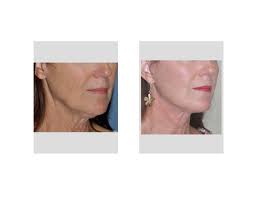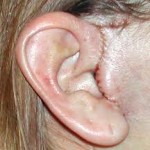The concept and perception of facial rejuvenation has been affected by many factors over the past decade. From injectable fillers, to laser and light therapies, to even ‘blood injections’, new therapies have emerged to help the aging face. These facial rejuvenation trends all share two similarities, they are non-surgical and are primarily for the younger patient.

When considering the ‘early’ vs ‘late’ aging patient, it becomes obvious that the type of facelift procedure needs to be different as the tissue problems are indeed on opposite ends of the spectrum. Unlike the skin redundancy/sagging and severe wrinkles that affect the older patient, the earlier signs of facial aging are the appearance of jowls and the beginning of skin laxity around the mouth, jawline and cheeks. Since the younger patient is on the front end of the facial aging process, their type of facelift should be less extensive with smaller tissue movements and meticulous attention to the incision pattern and location.
What constitutes an early facelift? Facelift surgery in general belies a single definition and is highly surgeon influenced. There are numerous types of limited facelift procedures today that have very catchy names that convey a quicker recovery and a more limited procedure. While all claim to be unique, they are scaled down versions of the classic neck-jowl lift. But they do share the similarities of a more limited incision pattern around the ear and some form of SMAS repositioning of the cheek and jowls. When combined with forehead and eyelid surgery, such as browlift and blepharoplasties, an overall pleasing and natural facial change can be created.

The prevention of scar widening and earlobe distortion is a direct function of tension release on the skin incisions around the ear. Adequate repositioning and support of the underlying SMAS is the key area for tension distribution and not on the skin closure. This is a frequent failure point of many short scar facelift techniques who use a single suture or some quick and simplified form of SMAS suturing. Good SMAS support not only helps ear scars heal inconspicuously but also helps maintain the facelift result longer.
It is important to recognize that despite the contemporary trends of minimalistic approaches to facial rejuvenation through injections and skin treatments that these techniques are often inadequate. Less is rarely more when it comes to adequate and sustained facial rejuvenation. A well performed and age-adjusted facelift can produce beautiful natural results that has a very quick recovery in the younger patient.
Dr. Barry Eppley
Indianapolis, Indiana


